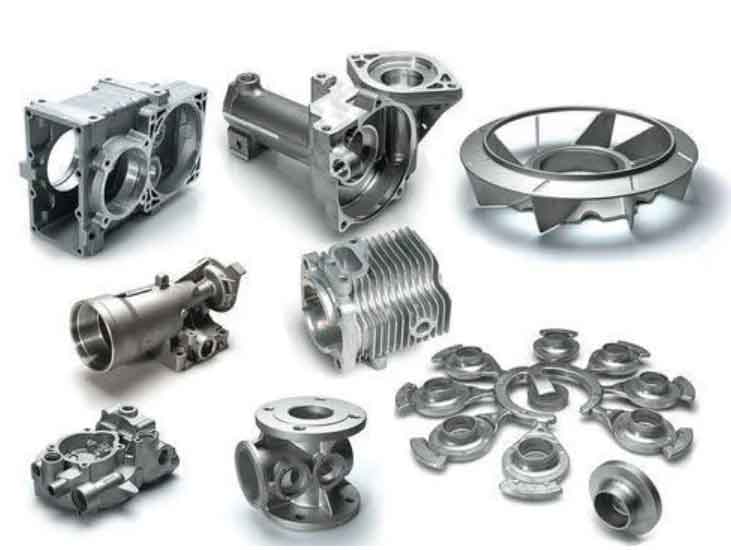Grey cast iron is a popular material in engineering applications due to its cost-effectiveness and desirable properties. It is a type of cast iron that has a grayish appearance due to the presence of graphite flakes in its microstructure. Let’s explore the value of grey cast iron in engineering solutions.

- Cost-effectiveness: Grey cast iron is relatively inexpensive compared to other engineering materials such as steel or aluminum. Its low cost makes it an attractive choice for various applications where cost considerations are important.
- Excellent castability: Grey cast iron has excellent fluidity and high castability, which means it can be easily poured into complex shapes and intricate designs. This makes it suitable for a wide range of applications, including engine blocks, pipes, pump housings, and automotive components.
- Good machinability: Grey cast iron is known for its good machinability, which means it can be easily shaped and machined into different forms. This property allows for cost-effective manufacturing processes, as it reduces machining time and extends tool life.
- Thermal conductivity: Grey cast iron has relatively high thermal conductivity compared to other metals, which means it can efficiently transfer and dissipate heat. This property is particularly beneficial in applications where heat needs to be controlled or dissipated, such as engine blocks or brake rotors.
- Wear resistance: Grey cast iron exhibits good wear resistance due to the presence of graphite flakes in its structure. These flakes act as solid lubricants, reducing friction and wear between moving parts. This makes grey cast iron suitable for components subjected to sliding or abrasive wear, such as piston rings, cylinder liners, and brake components.
- Damping capacity: Grey cast iron has excellent damping capacity, meaning it can absorb and dissipate vibrations and sound waves. This property makes it useful in applications where vibration control is crucial, such as machine tool structures or engine components.
- Corrosion resistance: While grey cast iron is not as corrosion-resistant as some other materials like stainless steel, it still offers adequate resistance to corrosion in many environments. Proper surface treatments, coatings, or alloying elements can further enhance its corrosion resistance for specific applications.
- Recyclability: Grey cast iron is highly recyclable, which contributes to its cost-effectiveness and sustainability. It can be melted down and used as a raw material for producing new cast iron components, reducing the demand for virgin materials and minimizing waste.
It’s important to note that while grey cast iron offers numerous advantages, it may not be suitable for all engineering applications. Its properties should be carefully considered in relation to the specific requirements and constraints of a given project.
